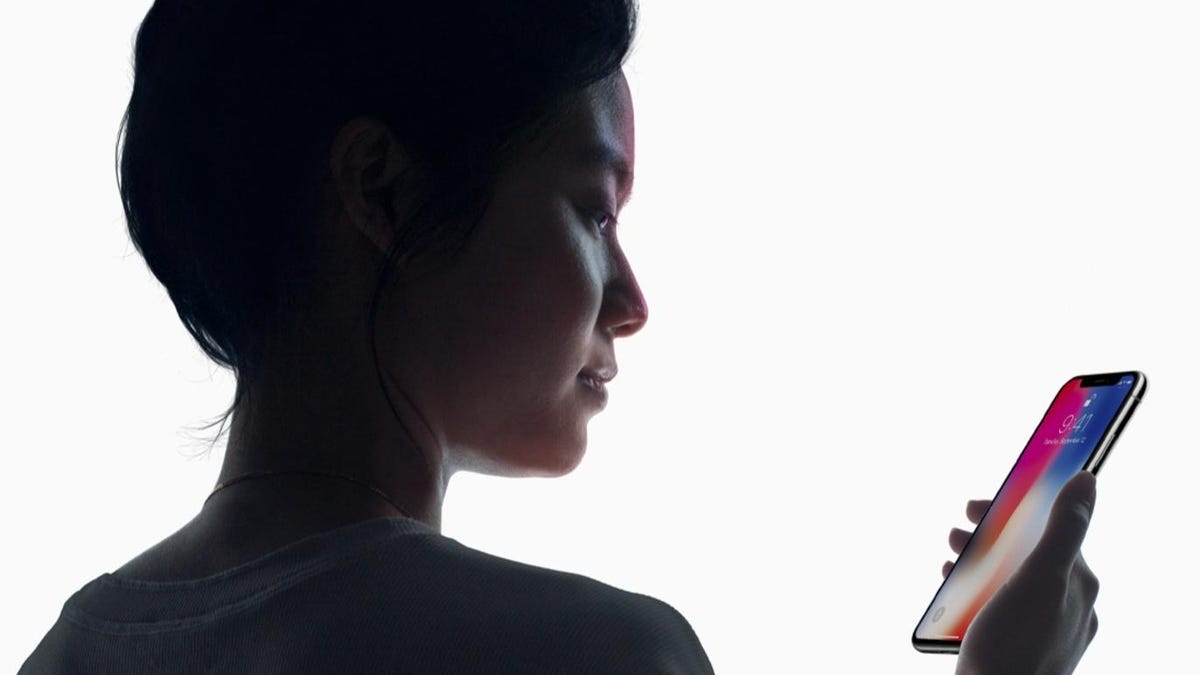How to disable Face ID on the iPhone X
Don't worry, Apple made a shortcut to quickly disable Face ID in emergency situations.

Apple's iPhone X stole the show last week with its sleek new design, lack of a home button and its host of new sensors up front. Those new sensors power not only the TrueDepth camera system but, more importantly, the security feature that replaces Touch ID (since there's no longer a home button): Face ID.
Face ID is not entirely unlike Face Unlock found on most Android phones , or the iris scanner on the Galaxy S8 and Galaxy Note 8 . However, it uses a dot projector to place over 30,000 invisible dots on your face, a flood illuminator to cast infrared light and an infrared camera to read all that information. This data is used to create an accurate map of your face and, theoretically, a fairly secure authentication method that will allow you quick access to your phone without having to type a password.
Apple states Face ID is even more secure than Touch ID, allowing only a 1 in 1 million chance for someone to be able to unlock your iPhone with their face, versus a 1 in 50,000 chance with Touch ID. It's so secure, in fact, that Apple is confident enough to use it as an authentication method for Apple Pay .
With biometric authentication methods, though, there is another cause for concern. While the Fifth Amendment of the Constitution protects US citizens against self-incrimination, such as giving up a password or PIN, biometrics do not fall under the same protection. A recent court case ruled that biometrics -- a fingerprint or iris or facial scan -- are hardly different than giving a blood sample and, therefore, are not protected by the Fifth Amendment.
What does this mean, exactly? Say you're in the unlikely (but certainly not impossible) situation where a police officer asks you to unlock your phone. You're protected against incriminating yourself by giving up a simple password or PIN. On the other hand, even if a warrant is required, you could be forced to unlock your phone if you use a biometric authentication method.
Previously, Apple addressed this issue by creating a shortcut for disabling Touch ID: Press the power button five times. This is the same shortcut that gives you quick access to medical information and the Emergency SOS feature that calls emergency services. After doing this, you must enter your password or PIN again to re-enable Touch ID.
Apple's Craig Federighi explained how this will work with Face ID on the iPhone X in a recent interview with TechCrunch.
Instead of pressing the power button five times, you can simply squeeze the sides of the phone, pressing either volume button and the power button. Holding them for a short while will bring up the same emergency screen as on previous iPhones and disable Face ID (until you enter your password or PIN again).
There are other ways Face ID will disable itself, as well:
- If you reboot the phone
- If you haven't unlocked your iPhone X in over 48 hours with Face ID
- If there are five failed attempts to unlock using Face ID
- If you haven't unlocked the phone with a passcode or at all in six and a half days and if Face ID hasn't unlocked in 4 hours
Federighi also explains that, like Touch ID, Face ID can be completely disabled if you'd prefer to use a standard passcode instead. And if Touch ID is any indication, you can selectively choose when Face ID can be used for authentication. You can use Touch ID to unlock your iPhone, authenticate Apple Pay purchases and for App Store and iTunes purchases.

